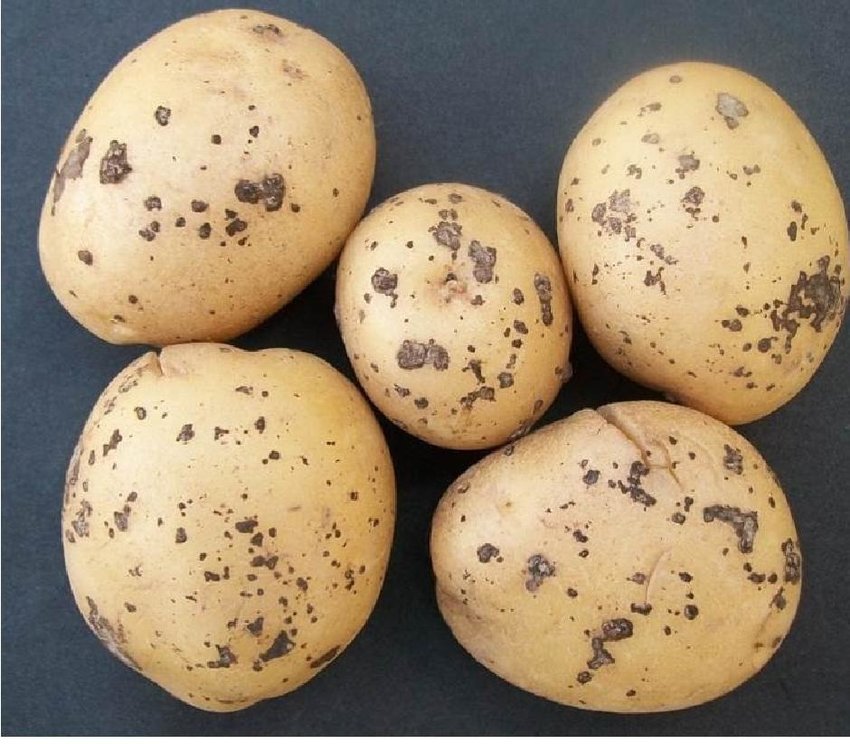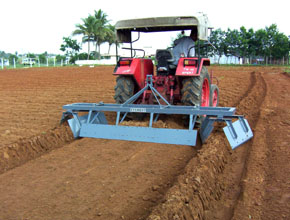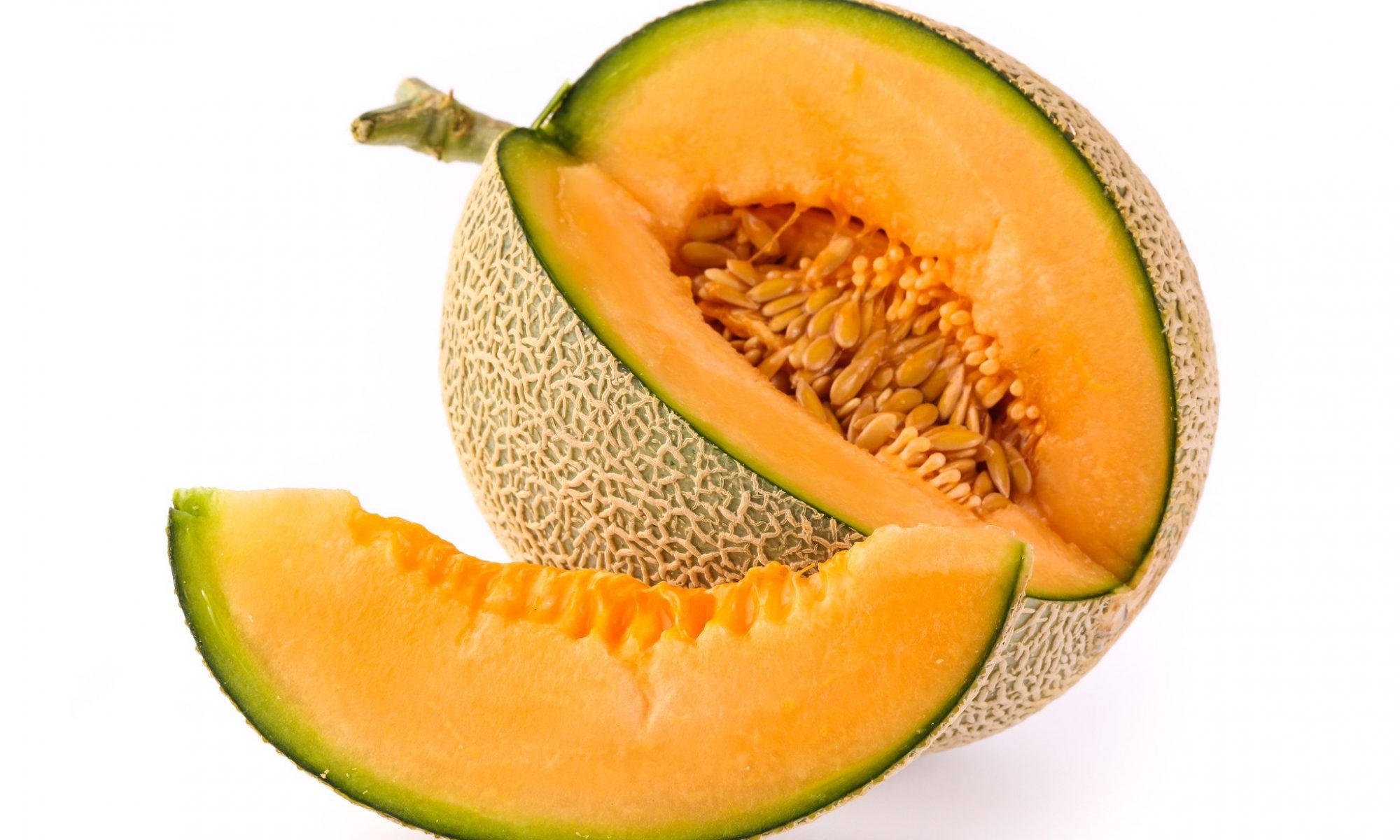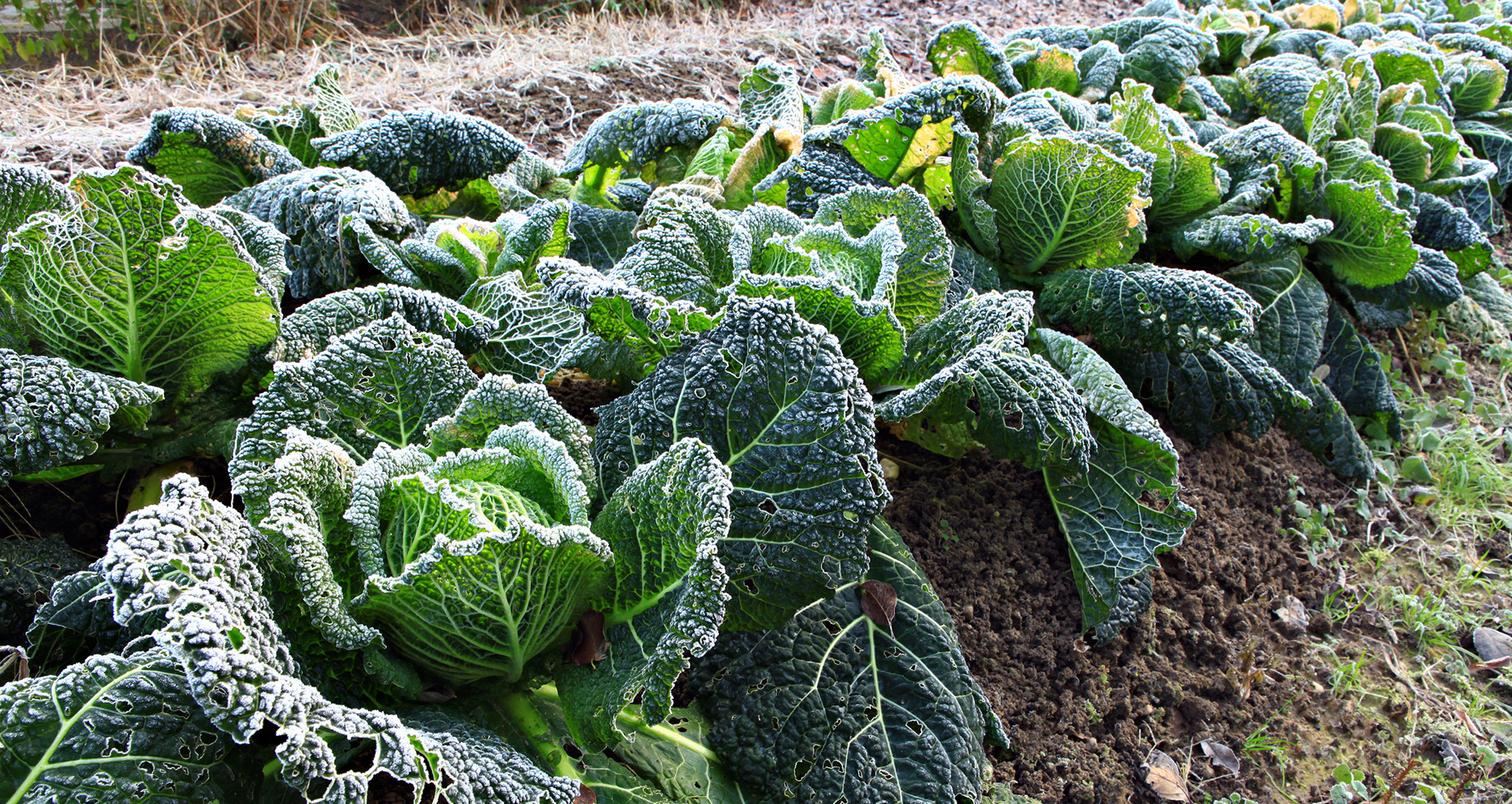Management of Black Scurf Disease of Potato:-
- The black scurf of tubers appears as a black crust on the skin due to the formation of fungus.
- Rhizoctonia canker/black scurf occurs when stolons contact soil-borne fungal bodies.
- Symptoms can be observed on above and below ground plant parts.
- Symptoms observed above ground early in the season include necrosis at the tips of the sprouts and sunken lesions on stolons, roots, and stems.
- Later in the season stems with cankers can become girdled, resulting in stunted plants.
- Leaves of infected plants develop a purplish and chlorotic colouration.
- The pathogen infects plant tissue and causes stolon blinding thus reducing tuber production and yield.
Management
- Conduct a soil test prior to the establishment of the crop to know nutrient content and soil pH. Low pH is not conducive for disease development.
- Use disease-free soil. Avoid areas with a history of potato production or history of potato scurf and stem canker.
- Use certified potato seed and assure disease-free propagation material. If the seed is not certified, it should be treated with antagonists or fungicides before planting.
- Apply Sulphur 90% WDG @ 6 kg/acre or Use Ammonium Sulphate as Nitrogenous Fertlizer.
- For the better control of this disease, seed treatment must be applied with pencycuron 250 SC @ 25 ml/quintal tubers or Penflufen @ 10 ml/quintal tubers.
Like and share with other farmers by clicking on button below
Share








